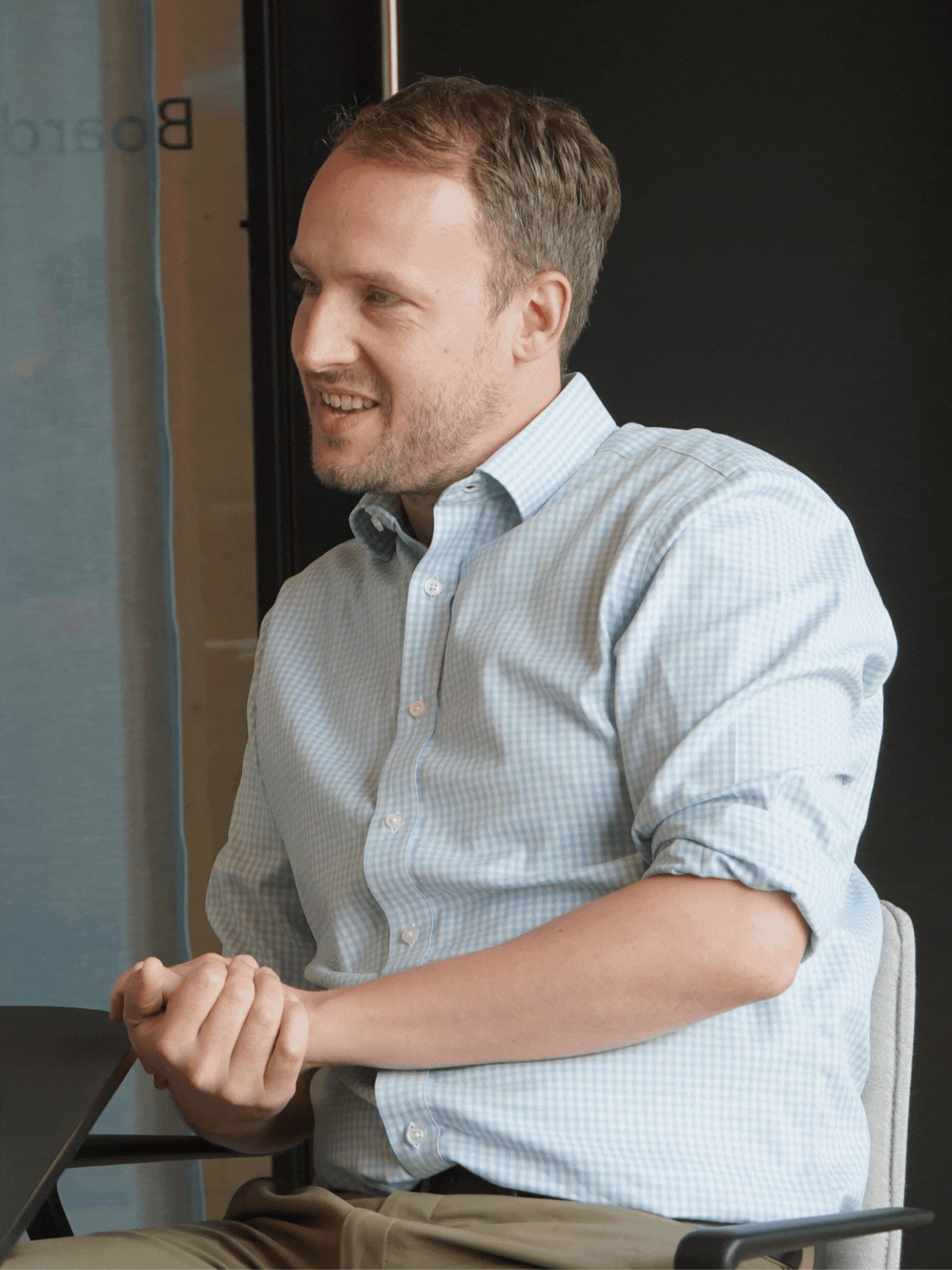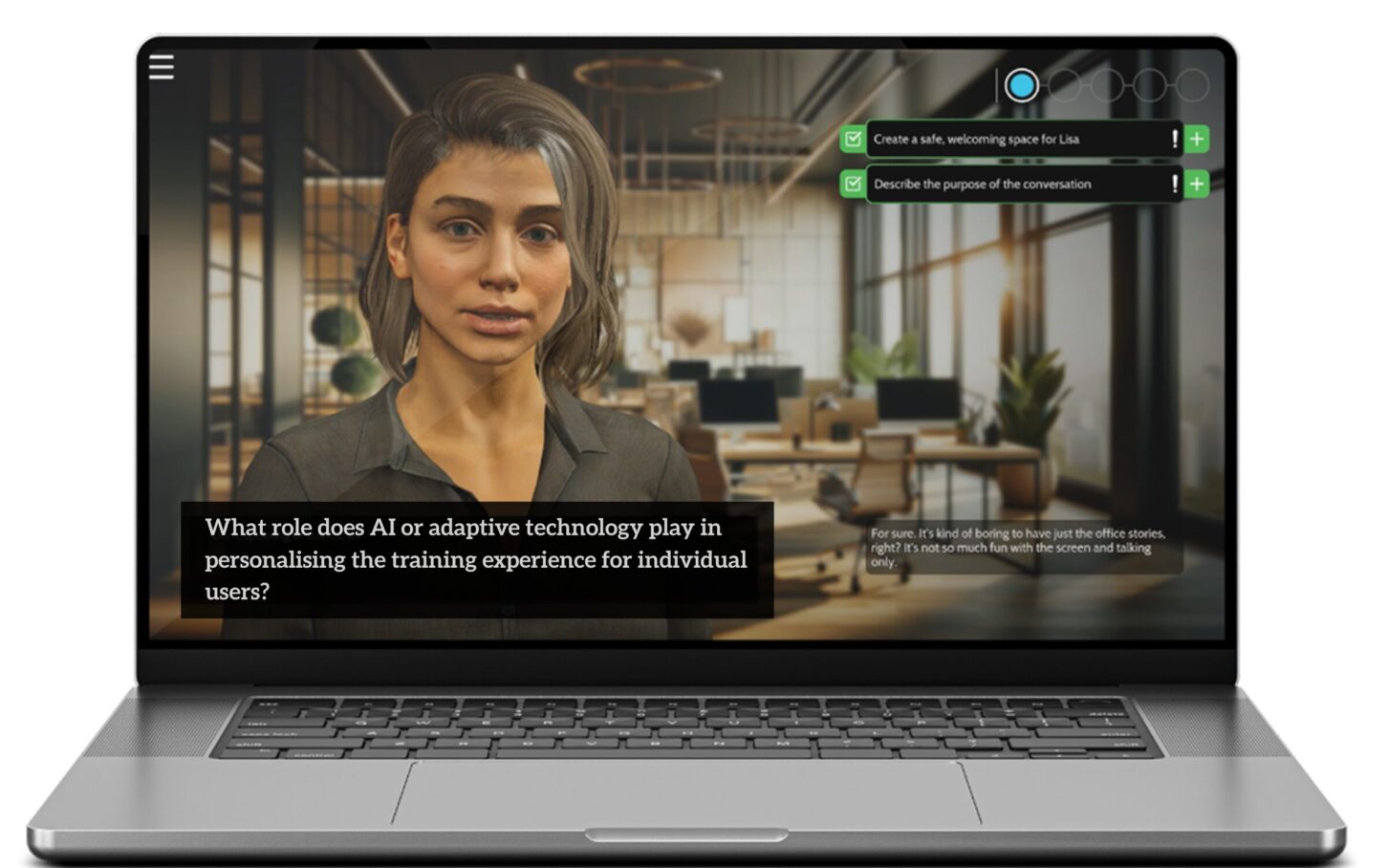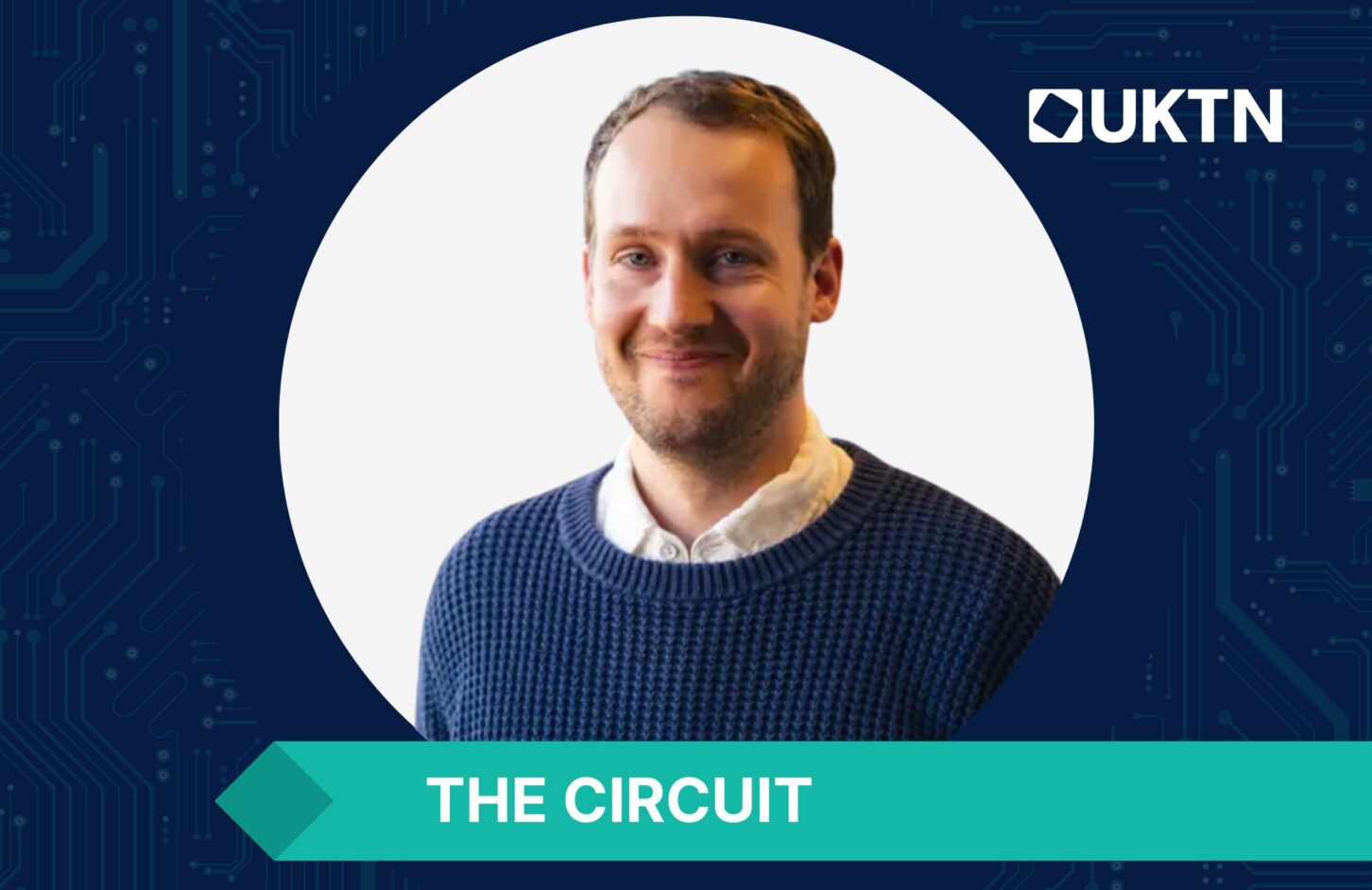Welcome to our new series, The Circuit. Meet our next interviewee:
Attensi is a training and performance platform that combines psychology, technology and gaming principles. Founded in Oslo in 2013, Attensi has enabled organisations to develop their workforce through engaging interactive training experiences.
Jamie Watson started his journey at the firm in 2022, heading up the hospitality and leisure division of the business until eventually being elected to be Krister Kristiansen’s successor in June of this year. Kristiansen continues his role as the business’ COO and CCO but is shifting focus as the firm expands to new regions
In this exclusive Circuit interview, Watson discusses the challenge of encouraging engagement in workplaces, shaping the next frontier of training, and how gamification is changing attitudes.
What inspired the integration of psychological insights and gaming mechanics into corporate training?
Attensi’s CEO and co-founder, Trond Aas, believed there should be a better application for workplace training, and when he paired with Odd Skarheim – who had worked in the e-learning sector for over 20 years – it was like a match made in heaven. Odd had been spending a lot of time trying to find the ‘silver bullet’ for learning that would enable optimal knowledge retention and recognise behavioral change.
I think Attensi is a great example of how consumer entertainment can turn into corporate learning. There are no limits to where this training model can go in terms of helping people become more competent at what they do.
How do you measure the effectiveness of gamified training compared to traditional learning methods in terms of engagement and long-term performance?
 It is very challenging to get people engaged in training, but participation to non-mandatory training is a great metric for us to learn from. It shows the journey employees take to close their knowledge gap and how we can further optimise the training modules. Training shouldn’t be about ticking a compliance box; it should solve real business problems.
It is very challenging to get people engaged in training, but participation to non-mandatory training is a great metric for us to learn from. It shows the journey employees take to close their knowledge gap and how we can further optimise the training modules. Training shouldn’t be about ticking a compliance box; it should solve real business problems.
The next frontier is proving impact by aligning training to business metrics, such as sales growth, customer satisfaction and retention.
For example, if we train one set of sector-specific companies and compare their results to those without training, we can directly see the business impact. That is how we shift the perception of training from a nice to have to a driver of business outcomes.
It starts by asking a company not what their training roadmap looks like but instead what their biggest business problems are, to show how training can be the answer.
What kinds of organisations or teams benefit most from gamified training and what are the common challenges you see during implementation?
All sectors of the workforce – from entry level to leadership – benefit from this type of training. However, from my perspective, one of the most rewarding groups to see benefit is frontline workers.
When we look at employees who operate in this sector, the level of training has historically been lacking due to the nature of their roles. For these workers to get a premium level of training via a simulation, the potential for career development and competency is unlimited.
When business objectives and targets change, training is, unfortunately, not a priority investment. We must convince businesses that it is worth investing in their people.
Due to this, showing return on investment is key. Our implementation process for each client is bespoke and when we are working with a company for the first time, we spend a lot of time evaluating so that we can provide the results and metrics.


AI isn’t the sole solution, but it is transforming how we build training. The obvious value is productivity – AI can handle some of the content creation such as drafting a game or converting a PDF, so our designers can focus on personalisation and creativity.
However, the exciting part is free-form dialogue. Instead of scripted branches, learners can interact endlessly with AI characters, who would be customers, peers, or even job candidates which in turn makes training far more realistic.
For example, a consulting firm used this to train interviewers on how to stop candidates from self-sabotaging. Learners kept exploring different scenarios, even after reaching competency, which showed us not just how they gained skills but how they experimented. That level of personalisation and immersion is a game-changer.
“AI isn’t the sole solution, but it is transforming how we build training”


Looking ahead, how do you see gamification reshaping the future of workplace learning, particularly in industries traditionally slow to adopt digital training tools?
Gamification is changing attitudes around workplace training. For those who have had long illustrations careers, our training model allows them to be raw and unskilled in certain scenarios which they have not likely had the chance to do before.
When we go to market, it is less about selling and more about educating. With some industries it can take longer, often it is the more tenured sectors where there are historical ways of doing things, but once we obtain their trust that gamification is transforming the workplace training landscape rather than replacing existing job roles.
Ultimately when you ask business leaders whether they want to reduce high turnover and boost performance metrics by 10% year-on-year, the answer will always be ‘yes’.
As part of our Circuit interview series, we speak to execs from some of the most exciting companies on the UK tech scene. These interviews offer insight about a company’s journey, the sector in which it operates and the people behind the job titles.
Visit The Circuit page to read all interviews in the series and stay tuned for future conversations.








